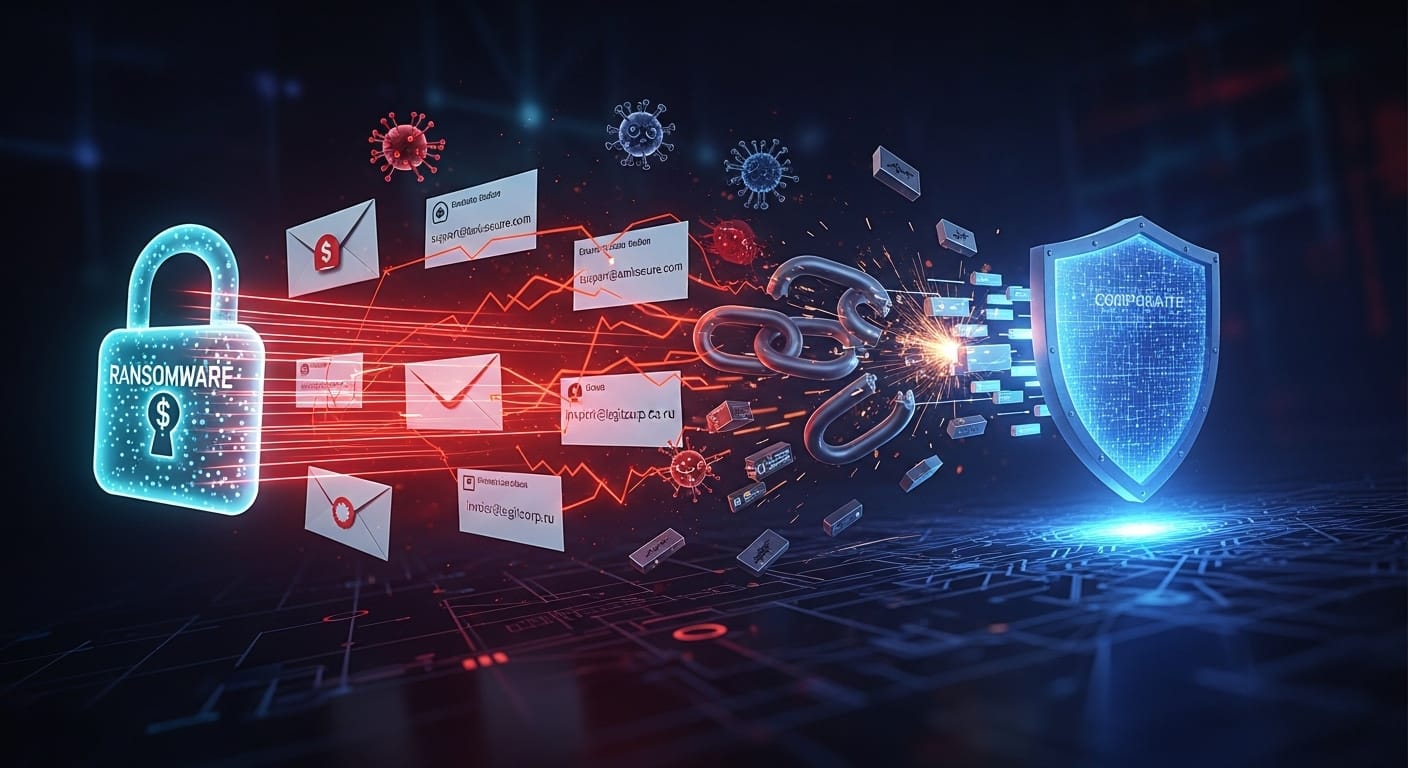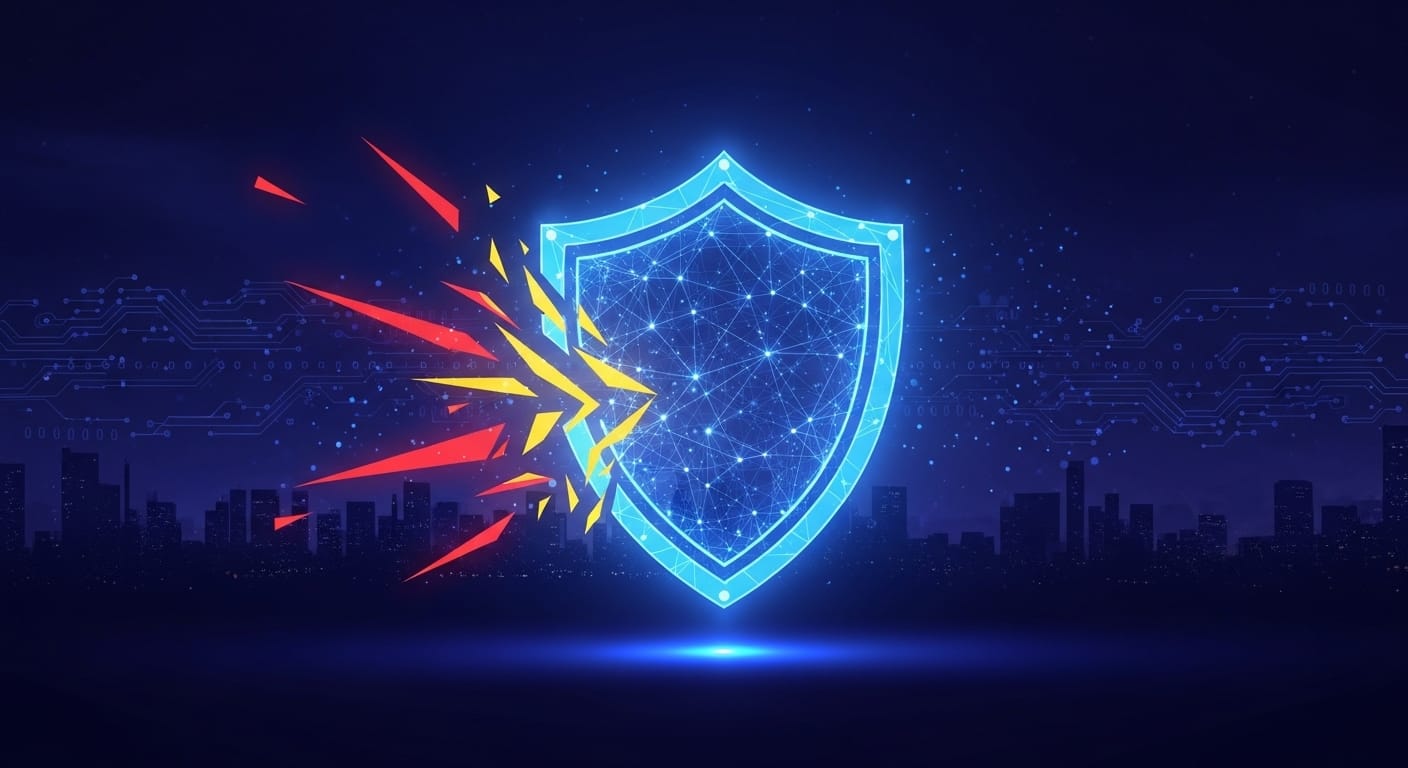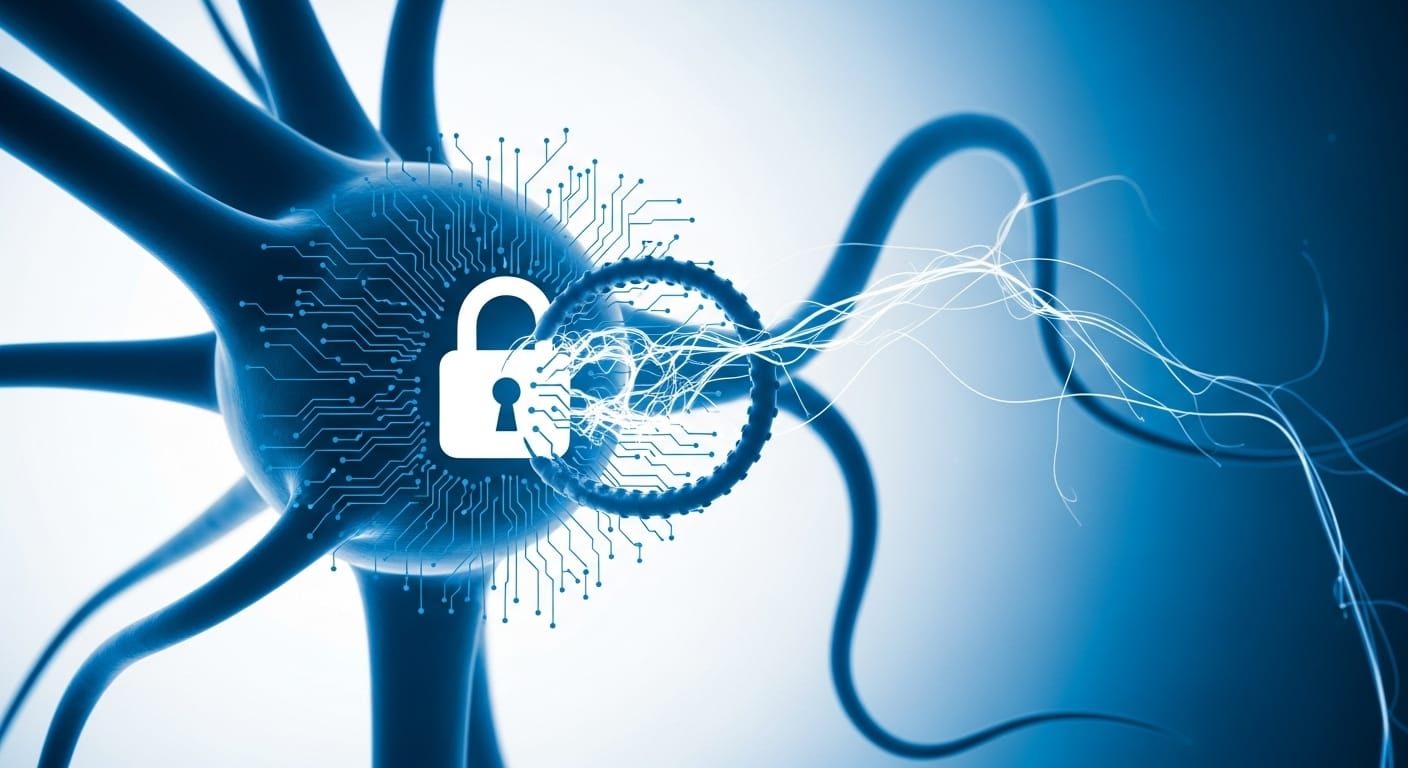The digital landscape is a dynamic battleground where businesses constantly face a barrage of evolving cybersecurity threats. As technology advances, so do the sophistication and scale of cyberattacks, making business resilience not just a best practice but a fundamental necessity. Organizations must move beyond traditional perimeter defenses to adopt a proactive, multi-layered approach that ensures continuity even in the face of a breach.
Key Takeaways
- Cybersecurity threats are rapidly evolving, with AI-powered attacks, ransomware, and supply chain vulnerabilities posing significant risks.
- Business resilience requires a shift from reactive defense to proactive strategies and continuous adaptation.
- Essential tools like EDR/XDR, SIEM/SOAR, CSPM, IAM, DLP, and Threat Intelligence Platforms are crucial for building a robust defense.
- The human element, through training and incident response planning, remains a critical component of overall security.
- Adopting a holistic cybersecurity strategy, often guided by frameworks like the NIST CSF, is vital for long-term success.
The Shifting Sands of Cyber Threats
The threat landscape is more complex than ever, with adversaries leveraging advanced techniques to breach defenses. Ransomware continues to be a dominant concern, with its frequency and sophistication on the rise, demonstrating an alarming year-over-year increase in incidents. These attacks often involve double extortion, where data is exfiltrated before encryption, adding pressure on victims to pay.
Artificial intelligence (AI) is a double-edged sword in this environment. While AI-powered security tools enhance threat detection, adversaries are also harnessing generative AI to create more convincing social engineering attacks, deepfakes, and sophisticated malware. This makes phishing and other human-centric attacks harder to detect. Furthermore, supply chain vulnerabilities are emerging as a top ecosystem cyber risk, as attackers target weaker links in a company’s extended network to gain access to larger organizations. The increasing complexity of interconnected systems means a compromise in one vendor can have cascading effects across multiple businesses, as seen in various high-profile SaaS security incidents.

Building a Resilient Digital Fortress: Essential Tools for Businesses
To counter these escalating threats and build true business resilience, organizations must strategically deploy a suite of advanced cybersecurity tools. These tools work in concert to provide comprehensive protection, detection, and response capabilities.
Endpoint Detection and Response (EDR) and Extended Detection and Response (XDR)
EDR solutions continuously monitor endpoint activity, such as laptops, servers, and mobile devices, detecting unauthorized access, malware execution, and data exfiltration attempts. They provide real-time threat detection and response, allowing immediate actions like isolating infected devices. XDR takes this a step further, broadening the scope of detection beyond just endpoints to include networks, cloud workloads, email, and identity data, offering a unified view across the entire digital ecosystem. This integrated approach allows for faster, deeper, and more effective threat detection and response, often leveraging AI-powered analytics to identify subtle patterns and anomalies.
Security Information and Event Management (SIEM) and Security Orchestration, Automation, and Response (SOAR)
SIEM platforms act as a central hub, collecting and analyzing log data and security events from across an organization’s IT infrastructure, including firewalls, servers, and applications. They correlate seemingly unrelated events to identify potential security incidents and ensure compliance. Complementing SIEM, SOAR platforms automate and orchestrate response actions across various security tools. SOAR helps security teams streamline incident response, reduce manual intervention, and respond more efficiently and rapidly to threats by automating routine tasks and enriching alerts with threat intelligence.
Cloud Security Posture Management (CSPM)
As businesses increasingly migrate to cloud environments, managing cloud security becomes paramount. CSPM tools continuously monitor cloud configurations for misconfigurations, compliance violations, and security risks. They help ensure that cloud resources adhere to security best practices and regulatory requirements, preventing common vulnerabilities that attackers often exploit.
Identity and Access Management (IAM)
Controlling who has access to what resources is fundamental to security. IAM solutions manage digital identities and user access, enforcing policies like multi-factor authentication (MFA) and least privilege access. Robust IAM prevents unauthorized access and limits the damage if credentials are compromised.
Data Loss Prevention (DLP)
DLP tools are designed to prevent sensitive information from leaving the organization’s control. They monitor, detect, and block unauthorized transfers of critical data, whether through email, cloud storage, or endpoint devices. This is crucial for protecting intellectual property, customer data, and compliance with data privacy regulations.
Threat Intelligence Platforms
These platforms aggregate and analyze threat data from various sources, providing actionable insights into current and emerging threats. By understanding attacker tactics, techniques, and procedures (TTPs), businesses can proactively adjust their defenses and enhance their ability to detect and prevent attacks. For a deeper dive into how AI is shaping the broader business technology landscape, explore our article on AI in SaaS: Reshaping the Future of Business Technology.
The Human Element and Proactive Measures
While technology provides powerful defenses, the human element remains a critical factor in cybersecurity. Regular security awareness training for employees helps them recognize and avoid social engineering tactics, which are increasingly sophisticated due to generative AI. Furthermore, a well-defined and regularly tested incident response plan is essential. This plan outlines the steps an organization will take before, during, and after a cyberattack, ensuring a swift and effective recovery. Organizations can also learn valuable lessons from real-world incidents, such as those highlighted in our analysis of the Salesloft Incident: Key Lessons for SaaS Security.
For guidance on establishing a comprehensive cybersecurity program, frameworks like the NIST Cybersecurity Framework (CSF) provide a structured approach to managing cybersecurity risks. Additionally, resources from agencies like the Cybersecurity & Infrastructure Security Agency (CISA) offer valuable insights and tools for enhancing national cybersecurity and resilience.
Conclusion
The evolving landscape of cybersecurity threats demands continuous vigilance and a commitment to building robust business resilience. By strategically implementing advanced tools like EDR/XDR, SIEM/SOAR, CSPM, IAM, DLP, and threat intelligence platforms, and by empowering the human element through training and planning, organizations can significantly strengthen their defenses. Embracing a proactive security posture and leveraging innovative solutions is key to navigating the complexities of the modern digital world. For businesses seeking to fortify their digital defenses and strategically innovate in this challenging environment, leveraging cutting-edge AI solutions for proactive problem-solving and expert technology consulting can provide a significant competitive advantage.



Permalink